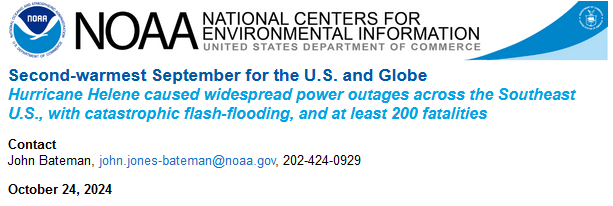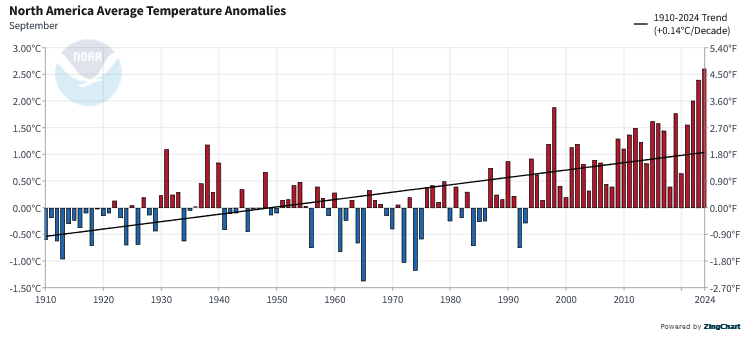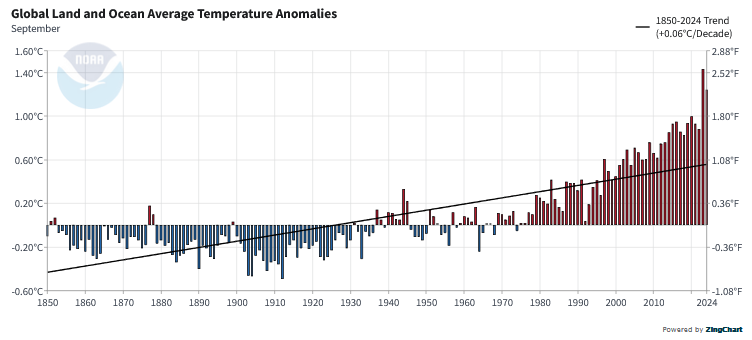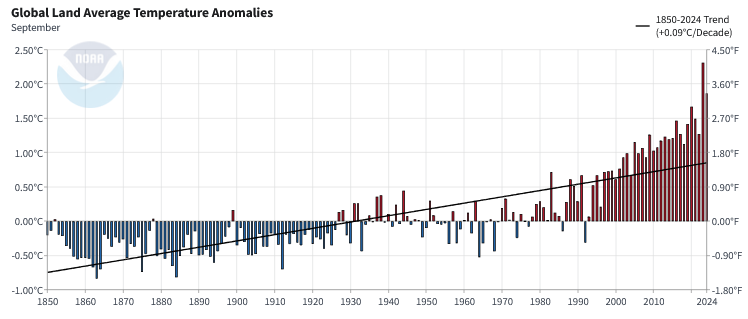Weather Outlook for the U.S. for Today Through at Least 22 Days and a Six-Day Forecast for the World: posted October 30, 2024
This article focuses on what we are paying attention to in the next 48 to 72 hours. The article also includes weather maps for longer-term U.S. outlooks (up to four weeks) and a six-day World weather outlook which can be very useful for travelers.
First the NWS Short Range Forecast. The afternoon NWS text update can be found here after about 4 p.m. New York time but it is unlikely to have changed very much from the morning update. The images in this article automatically update.
Short Range Forecast Discussion
NWS Weather Prediction Center College Park MD
Wed Oct 30 2024
Valid 12Z Wed Oct 30 2024 – 12Z Fri Nov 01 2024…Moderate to heavy snow over parts of the Southern Cascades and Northern
Intermountain Region with a second area over parts of the Upper Midwest on
Thursday……Temperatures will be 20 to 30 degrees above average over parts of the
Great Lakes/Ohio Valley……There is an Enhanced Risk of severe thunderstorms over parts of the
Middle Mississippi Valley and Central/Southern Plains on Wednesday…A wave of low pressure along a front over the Southern High Plains will
move northeastward to eastern Quebec, Canada, by Friday. Ahead of the
front, temperatures will be 20 to 30 degrees above average over parts of
the Great Lakes/Ohio Valley. A warm front over Northern New England will
move northeastward into Southeastern Canada by Thursday. Ahead of the warm
front, rain will develop over parts of Northern New England, ending by
Wednesday evening.On Wednesday, moist air flowing northward over the Plains will extend into
the Upper Great Lakes, creating showers and severe thunderstorms will
develop ahead of the front over parts of the Middle Mississippi Valley and
Central/Southern Plains. Therefore, the SPC has issued an Enhanced Risk
(level 3/5) of severe thunderstorms over the Central Plains through
Saturday morning. The hazards associated with these thunderstorms are
frequent lightning, severe thunderstorm wind gusts, hail, and a few
tornadoes.Moreover, southeasterly flow off the Gulf of Mexico will create scattered
showers and thunderstorms over parts of the Western Gulf Coast from
Tuesday into Wednesday. Similarly, easterly flow off the Atlantic will
produce showers and thunderstorms over parts of Florida through Thursday
morning. In addition, there is an increased threat of EF2 � EF5
tornadoes over the areas.Furthermore, moderate to heavy rain will develop along the front over
parts of the Mississippi Valley and the Central/Southern Plains.
Therefore, the WPC has issued a Marginal Risk (level 1/4) of excessive
rainfall over parts of the Mississippi Valley and parts of the
Central/Southern Plains through Thursday morning. The associated heavy
rain will create localized areas of flash flooding, affecting areas that
experience rapid runoff with heavy rain.On Thursday, the threat of severe thunderstorms from the Great Lakes to
the Lower Mississippi Valley will decrease to strong to severe
thunderstorms. Therefore, the SPC has issued a Marginal Risk (level 1/5)
of severe thunderstorms over parts of the Great Lakes to the Lower
Mississippi Valley from Thursday into Friday morning. The hazards
associated with these thunderstorms are frequent lightning, severe
thunderstorm wind gusts, hail, and a few tornadoes.Further, the showers and thunderstorms will create heavy rain over parts
of the Tennessee and Lower Mississippi Valleys. Therefore, the WPC has
issued a Marginal Risk (level 1/4) of excessive rainfall over parts of the
Tennessee and Lower Mississippi Valleys from Thursday to Friday morning.
The associated heavy rain will create localized areas of flash flooding,
affecting areas that experience rapid runoff with heavy rain. In addition,
onshore flow from the Gulf of Mexico and the Atlantic will produce showers
and thunderstorms over parts of the Central/Western Gulf Coast and Florida.Moreover, the wave of low pressure will pull cold air over parts of the
Upper Midwest, producing moderate to heavy snow over parts of Minnesota,
extreme northern Wisconsin, and the western portions of the Upper
Peninsula of Michigan. All these areas will be near Lake Superior on
Thursday, tapering off by Friday.Meanwhile, another front will come onshore over the Pacific Northwest and
California on Wednesday, dissipating by Thursday evening. From late
Wednesday morning into Friday, the system will produce rain and
higher-elevation snow over parts of the Northwest into Northern/Central
California. On Thursday, the snow will become moderate to heavy over parts
of the Southern Cascades and Northern Intermountain Region.







